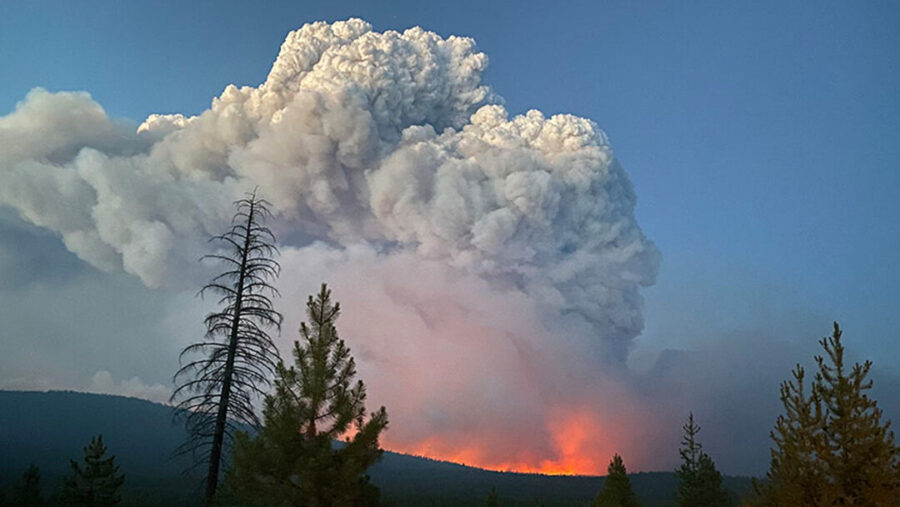The Jimmy’s Waterhole Fire in New Jersey was declared 100% contained on Thursday by the New Jersey Department of Forestry, having burned some 3900 acres, nearly half the state’s annual average in two days.
WILDFIRE UPDATE: Manchester Township – Jimmy’s Waterhole Fire
At 10 a.m. Thursday, April 13, the New Jersey Forest Fire Service has achieved 100 percent containment of a 3,859-acre wildfire in Manchester Township on federal, state and private property. pic.twitter.com/0KWhGZTaMU
— New Jersey Forest Fire Service (@njdepforestfire) April 13, 2023
This and other regional fires prompts a visit to the Eastern Area Fire Environment Outlook to explore the conditions that led to the late April fire bust. On Friday’s Morning Briefing, the Eastern Area Coordination Center had nearly 40 percent of reporting units in Very High to Extreme Fire Danger, with the largest fires in New Jersey, Missouri, Pennsylvania, Michigan and Rhode Island. In the past week, the region recorded 349 fires for 12,600 acres.
While spring is often active in the east — as forest fuels dry out between winter snow and rains and prior to green up — the last week was drier throughout the Northeast and Midwest, as well as in the Great Plains and Southwest. Look south and you can spot the focused and incredible “purple” deluge in Fort Lauderdale, Florida, and to the north there’s an unusual heart-shaped moisture pattern in Michigan.

Spring in much of the East and Midwest was also warmer than normal …
… resulting in a 10-20 day earlier start to spring in the South and East, per the National Phenology Network. At least one location in New Jersey was tracked at 27 days early.
Fire activity in the region has been moving northeast toward Maine with the bubble of heat, including a fire point seemingly in the Atlantic — though a closer look at the Fire Weather Dashboard (with fire points activated) places the the fire on Martha’s Vineyard.
Soon, though, the spring fire season will be taking a hiatus, with greenup, increasing humidity, and even fog on the way. By Monday, moisture is expected in the East, with most predictive service areas transitioning to “Little or no risk.”




